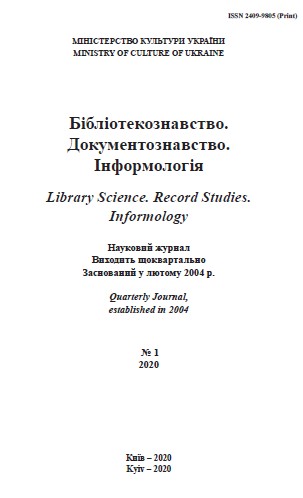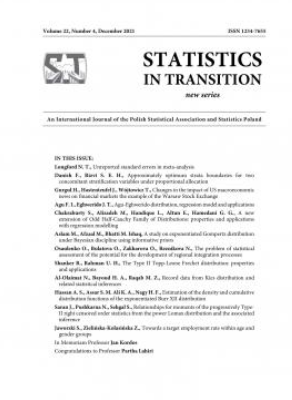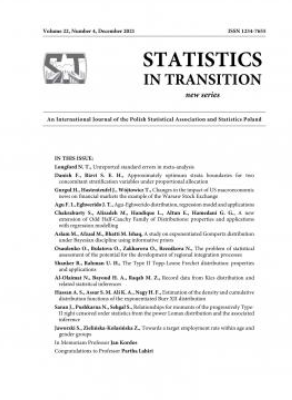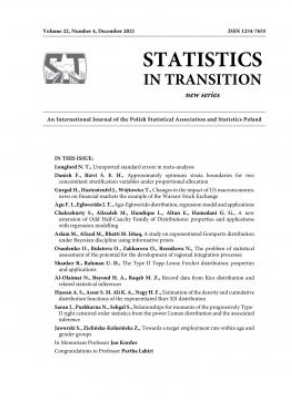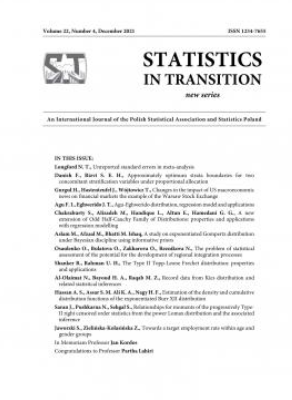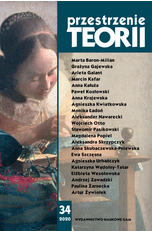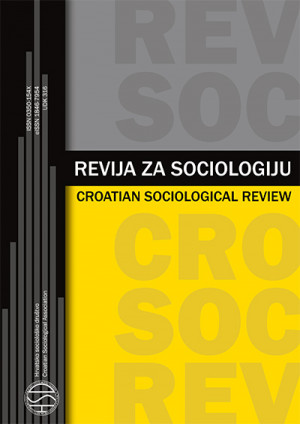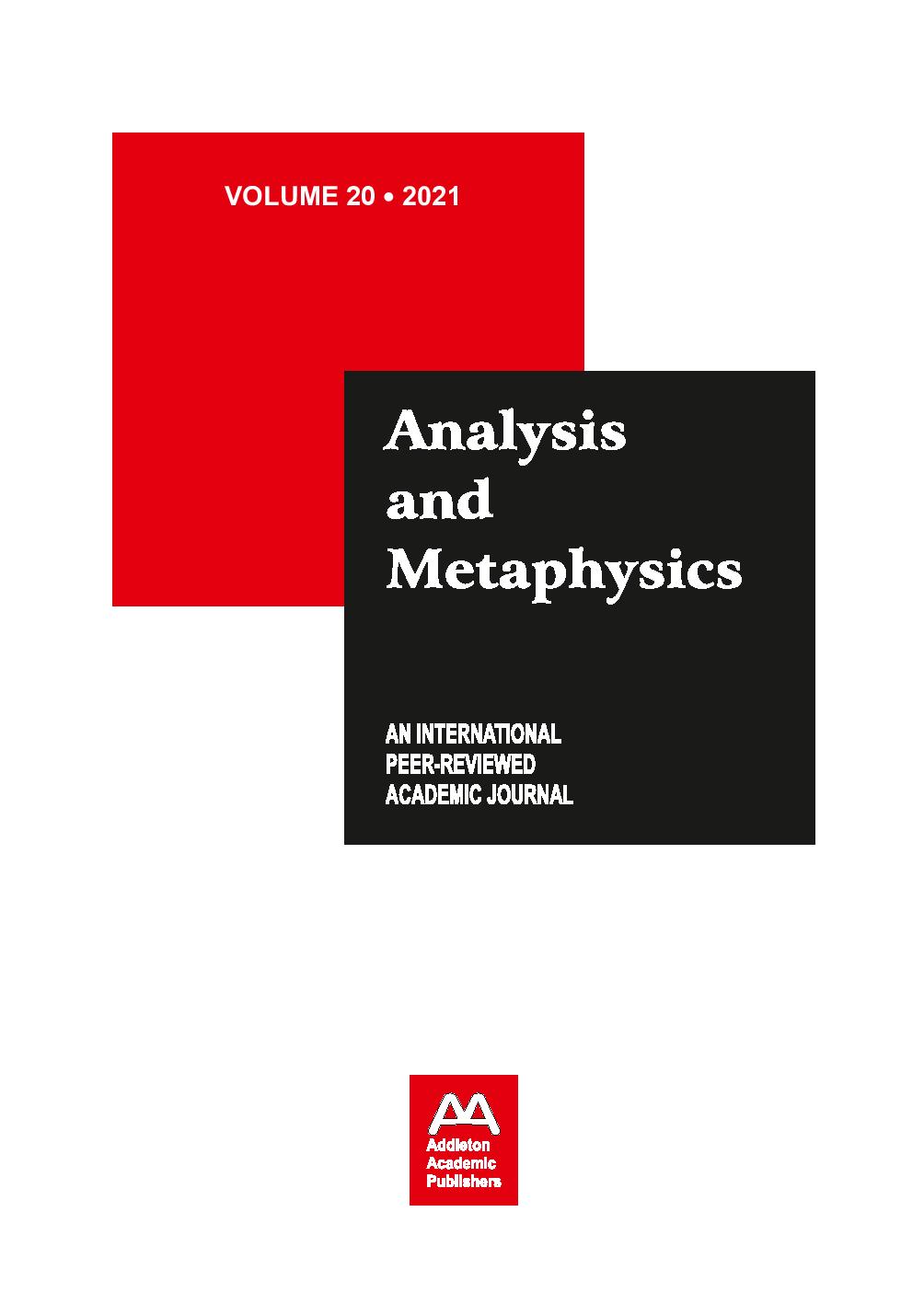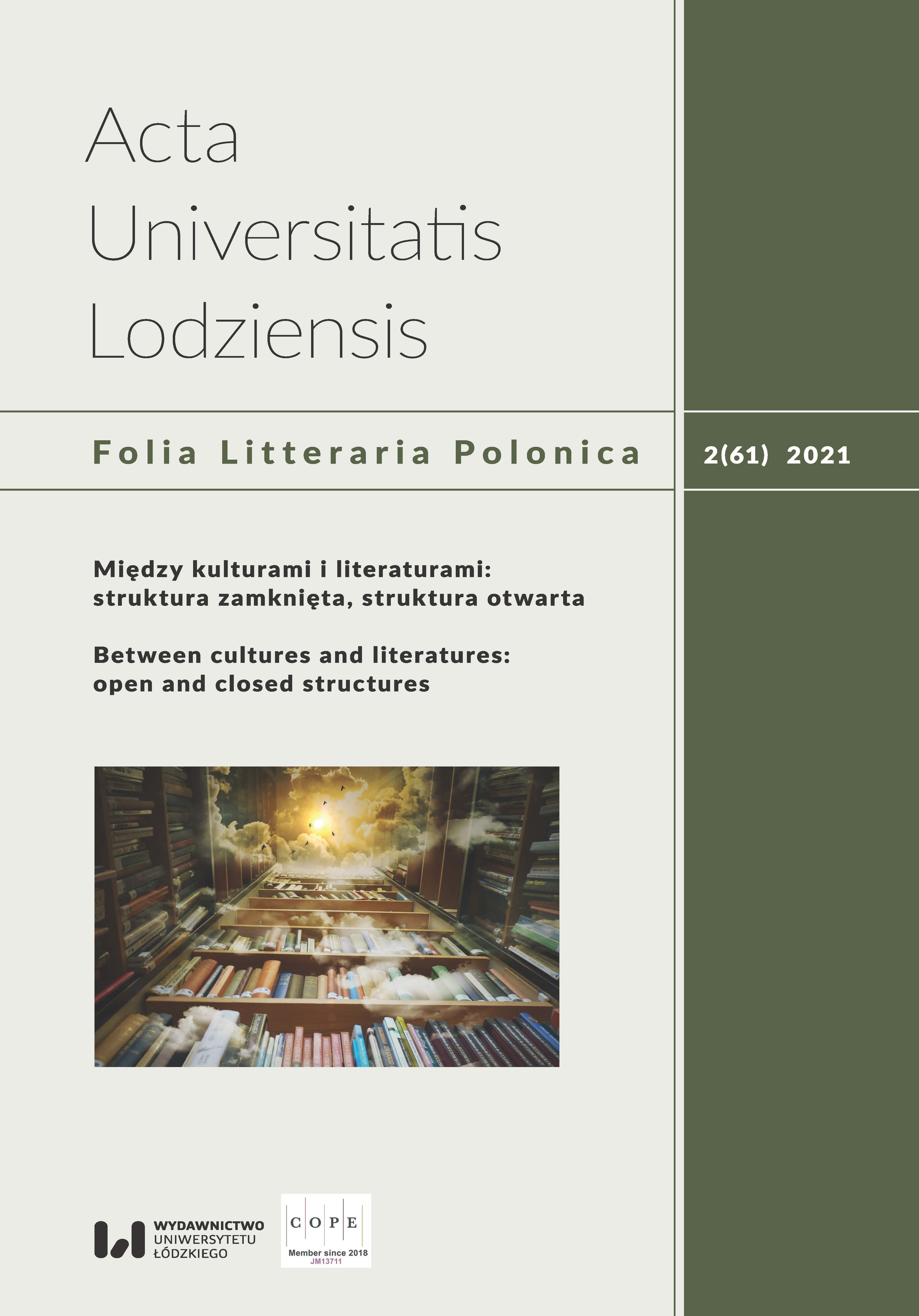
Kozakoznawstwo jako nurt naukowy – perspektywy, stan i możliwości
The article presents various methodological approaches to the Cossacks Studies with a special focus on the past and present academic discourses and practices in Ukraine, the Russian Federation, the Republic of Kazakhstan and Poland. Images of Cossack armies provide an interesting but hybrid research material, because these military groups represent both the identity of the border communities and the military democratic society. Hence the exceptionally varied ways of viewing their identity in which this group has been seen as a nation, ethnic group, Asian Orda or Russian//Ukrainian military nobility. In contemporary Ukrainian science, the Cossacks have been perceived as a leading force behind the nation-building process, while for the Russian researchers, they have been depicted as local insurgents. In Polish science and discourse, the Cossacks are analyzed strictly from the Polish historical perspective. The article suggests that those diversified approaches to the Cossack identity and history may help formulating a comprehensive and universal discourse and methodology for the Cossacks Studies.
More...
